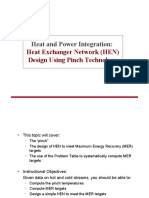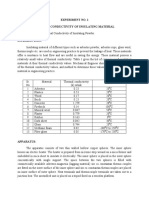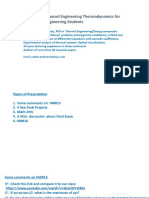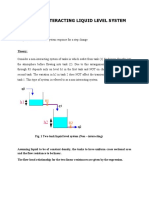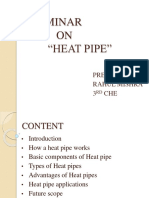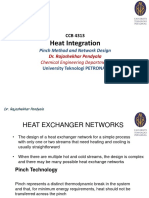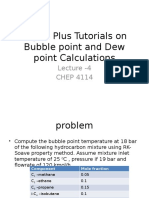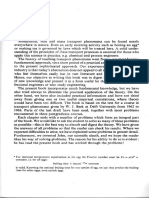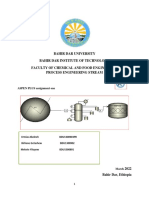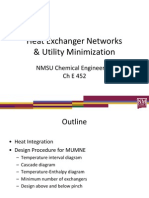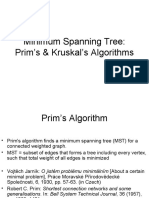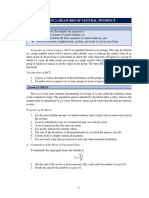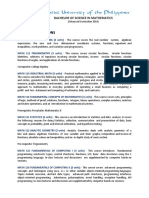0% found this document useful (0 votes)
475 views44 pagesLecture 4 - Loop and Path
The document discusses heat integration and heat exchanger network design. It covers total area targeting to determine minimum utility requirements and maximum heat recovery. Pinch analysis techniques are used to design heat exchanger networks for maximum energy recovery or minimum total cost. Course learning outcomes include performing targeting exercises, designing heat exchanger networks, applying pinch analysis software, analyzing heat and power integration, and extracting process data for pinch analysis. Key concepts covered are composite curves, capital/energy trade-offs, heat exchanger network optimisation through techniques like loop and path breaking.
Uploaded by
翁宝怡Copyright
© © All Rights Reserved
We take content rights seriously. If you suspect this is your content, claim it here.
Available Formats
Download as PDF, TXT or read online on Scribd
0% found this document useful (0 votes)
475 views44 pagesLecture 4 - Loop and Path
The document discusses heat integration and heat exchanger network design. It covers total area targeting to determine minimum utility requirements and maximum heat recovery. Pinch analysis techniques are used to design heat exchanger networks for maximum energy recovery or minimum total cost. Course learning outcomes include performing targeting exercises, designing heat exchanger networks, applying pinch analysis software, analyzing heat and power integration, and extracting process data for pinch analysis. Key concepts covered are composite curves, capital/energy trade-offs, heat exchanger network optimisation through techniques like loop and path breaking.
Uploaded by
翁宝怡Copyright
© © All Rights Reserved
We take content rights seriously. If you suspect this is your content, claim it here.
Available Formats
Download as PDF, TXT or read online on Scribd
/ 44

